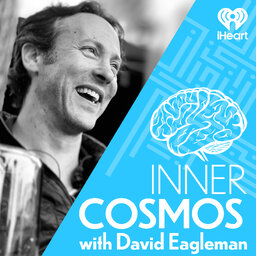Ep32 "Is death reversible?"
Does life end inevitably or instead only because we don’t understand biology well enough yet? Today’s episode is about understanding what happens when your molecular cycles grind to a halt... and whether there's anything we can do to hit control-Z. Join Eagleman and his guest Dr. Zvonimir Vrselja to dive into the weird possibility of understanding cells well enough to reverse death.
 Inner Cosmos with David Eagleman
Inner Cosmos with David Eagleman


